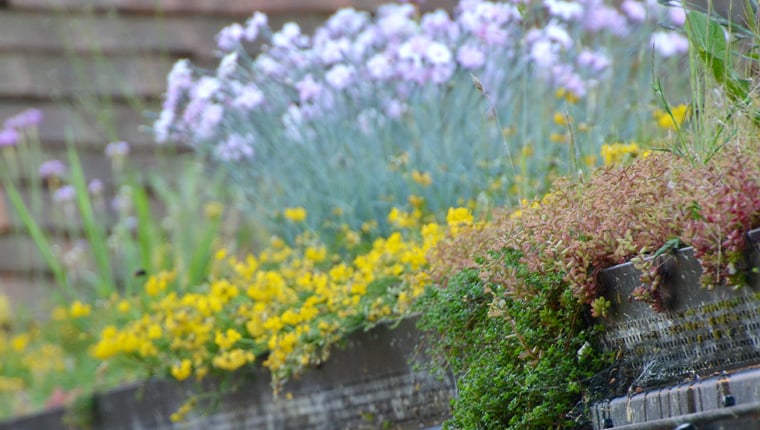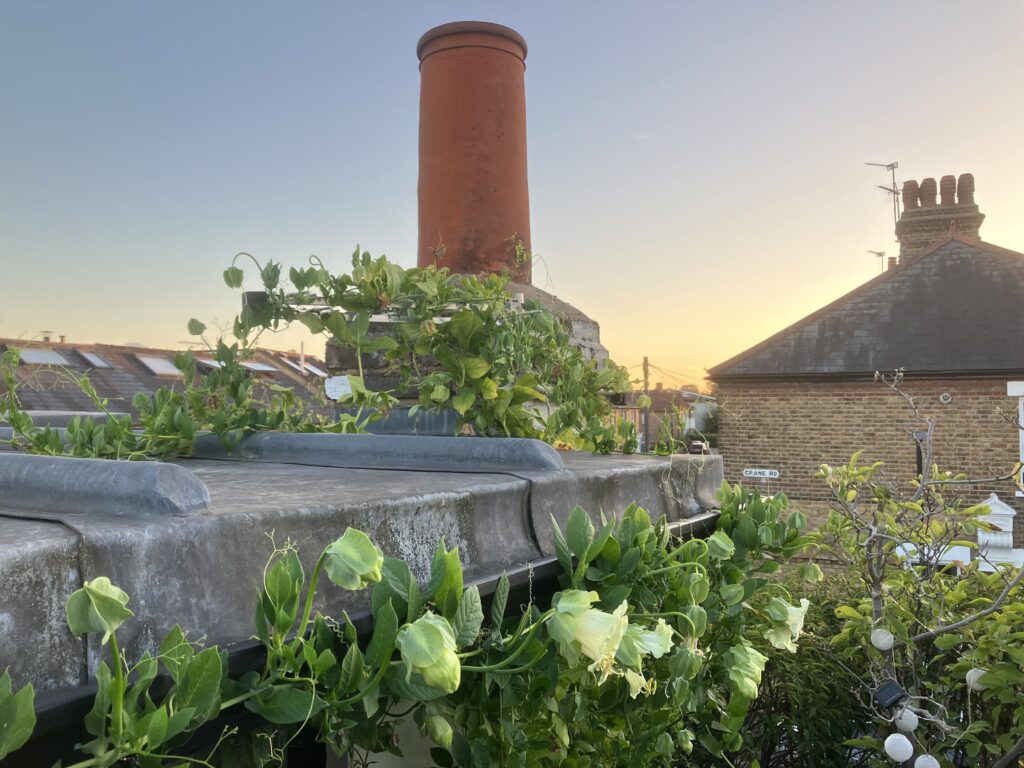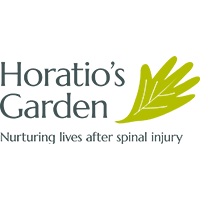A green revolution on our rooftops

If you don’t have much of a garden (or even if you do) small green roofs, on garden buildings like sheds, offices or bin stores, can bring huge benefits to local bees, bugs and butterflies. What’s more, they can considerably improve the look of something that it otherwise ordinary. Read on to find out more …
With the stresses traditional ecosystems and the environment in general are under, finding ways to improve biodiversity in even the smallest spaces has never been more vital. If you don’t have much of a garden (or even if you do) small green roofs, on garden buildings like sheds, offices or bin stores, can bring huge benefits to local bees, bugs and butterflies. What’s more, they can considerably improve the look of something that is otherwise ordinary.
Two of the leading advocates for green roofs, John Little and Dusty Gedge, have combined their knowledge and experience to provide a practical and cost-conscious guide to help you create your own patch of biodiversity at home. And, with a number National Garden Scheme gardens boasting some beautiful green roofs – including the stunning roof garden at 100 Colne Road, (pictured above) whose owner was inspired by John Little – we caught up with John to find out more.
- The rooftop at 100 Colne Road, London
“The online guide is designed to meet the complete needs of DIY enthusiasts looking to safely build a small green roof on a garden shed, outhouse, bin shed, bike store, garage or house extension, as well as builders and landscaper contractors who want to gain insight into building small green roofs,” says John. “Whether you’re planning a new build or want to retrofit, all the information you may require in one place.”
Even the smallest of roof spaces can provide a small haven of beauty and a wildlife oasis, and the guide also provides plant suggestions focussed on native species that can provide the maximum biodiversity.
John’s life with green roofs started when he self-built his own home in Essex. The green roof on John’s new house consisted of the standard green roof structure, onto which he literally dumped soil from the foundations. That was 17 years ago, and the roof is still growing strong. A few years ago a colony of Bee Orchids appeared from nowhere.
He has since designed and built small green roof buildings throughout South Essex and London over the last 20 years, often combining the living roofs with habitat walls designed to support solitary bees.
Co-author of the online guide, Dusty Gedge, got involved with green roofs because of his love for birds, especially the black redstart. Through this he became a campaigner and green roof ‘guru’ in the UK.
- Green roofs provide fabulous habitats whatever their size
Although he now spends most of his time working as a consultant designing and advising on green roofs in the UK and abroad, he is still as enthusiastic about small scale green roofs. “All too often on big commercial builds/designs there is actually little interest in the green roof. On the small scale you know that whoever wants to build one is really engaged.
“One of the things we have learnt over the years is that each roof will be different. Also, as long as the roof doesn’t leak and will not collapse, the plants and soils can change, be changed and be adapted. We have added art to our roofs. We are constantly trying out new plants on old roofs, re-seeding and watching what happens. In the ‘designer’ age we all too often think there is only one way to do things. Let your roof do its thing, remind you of the seasons and how nature changes from year to year.”
If you’d like to find out more and to subscribe to this great resource click here A Guide on How to Design and Build DIY Small Green Roofs (greenrooftraining.com)
We’d love to know more about the green roofs you have made or plan to make – send your story and photos to: [email protected]
Green roof benefits on a global scale
- Absorption of excess rainfall thus reducing the risk of flooding
- Creating wildlife habitat
- Contributing to biodiversity net gain without disrupting human activity at ground level
- Combatting the urban heat island effect. Plants cool the air through evapotranspiration and can make city temperatures feel a lot more comfortable. Plus a living green roof changes the albedo of a building – which ensures that energy from the sun is absorbed rather than reflected.
- Thermal performance – The evaporative cooling effect of green roofs, combined with the increased thermal mass of the build-up, can reduce the need for summer cooling through the use of air conditioning, with a resultant reduction in carbon emissions.
- Rooftop gardens can be used for leisure and to promote wellbeing in areas where access to green space is limited.
- Pollution control – By filtering dust from the air, green roof plants help to keep our atmosphere clean and breathable.
- Absorbs CO2 from the air and provides oxygen thus improving air quality.
- Offering the potential for rooftop farming to support sustainable food supplies.
- Increasing efficiency of PV panels on a green roof compared to a plant-free roof.
- Aesthetically beautiful
Content from www.greenrooforganisation.org which promotes World Green Roof Day (co-created by Dusty Gedge) which is on 6th June in 2025.
This story was originally published in the 2025 Little Yellow Book of Gardens and Health – to read it click here























